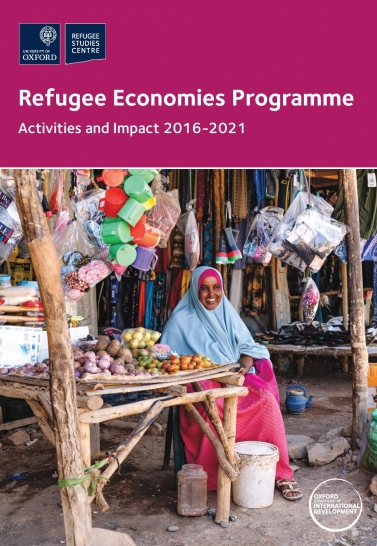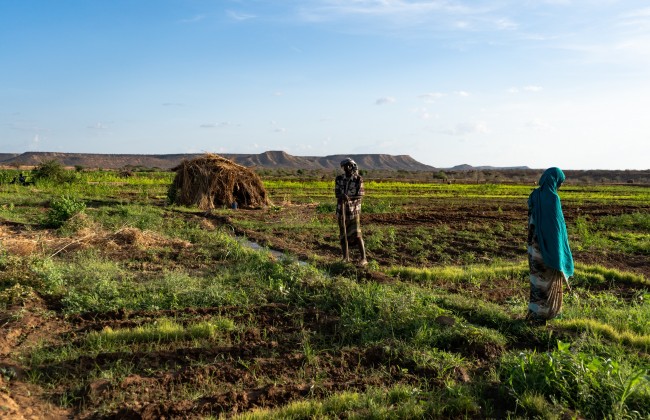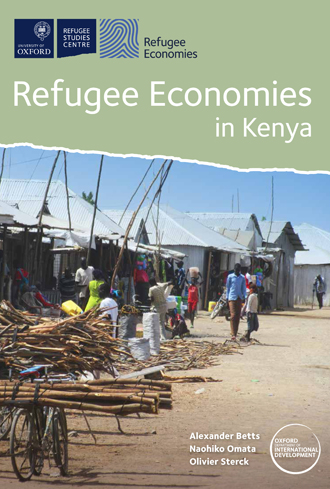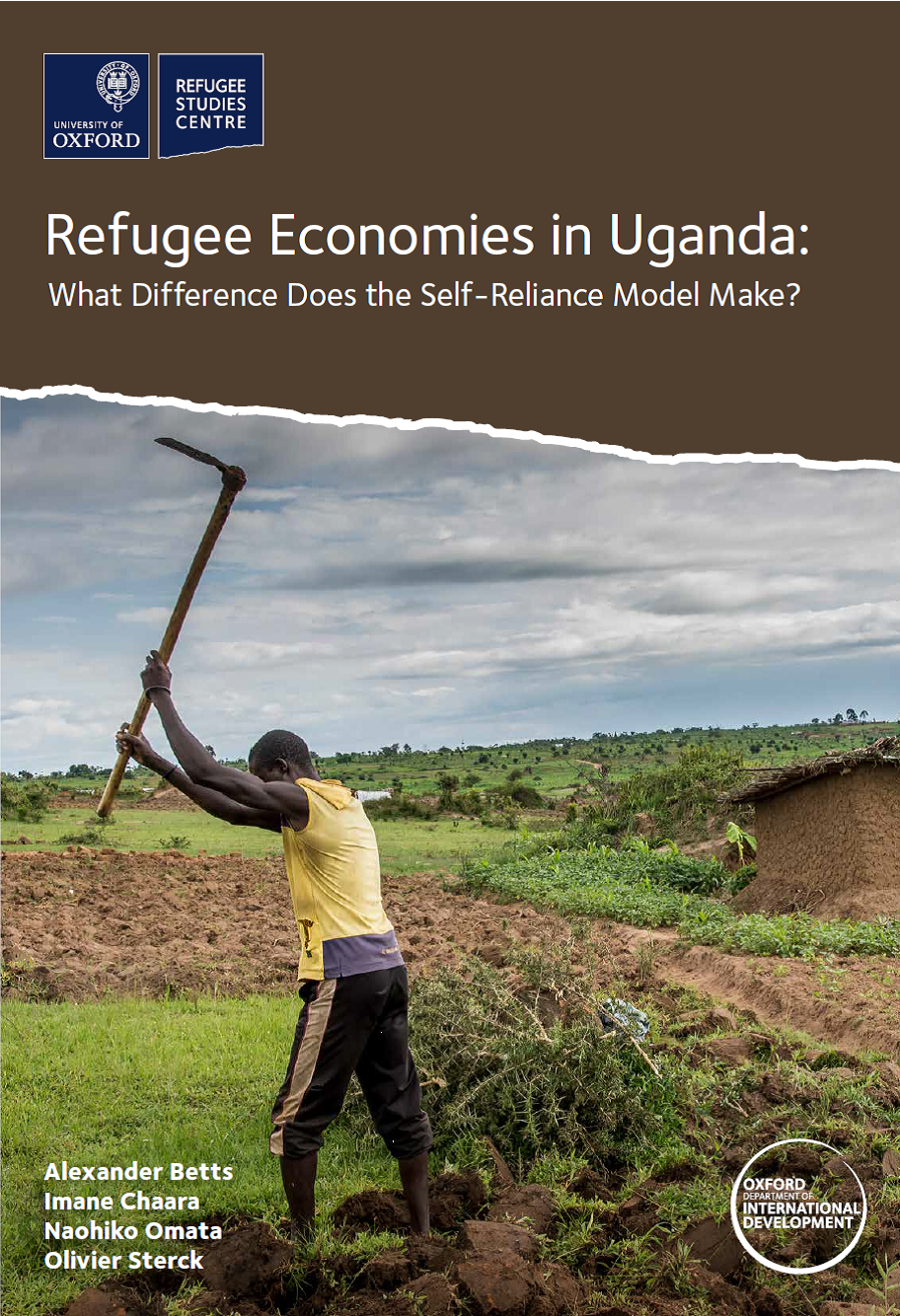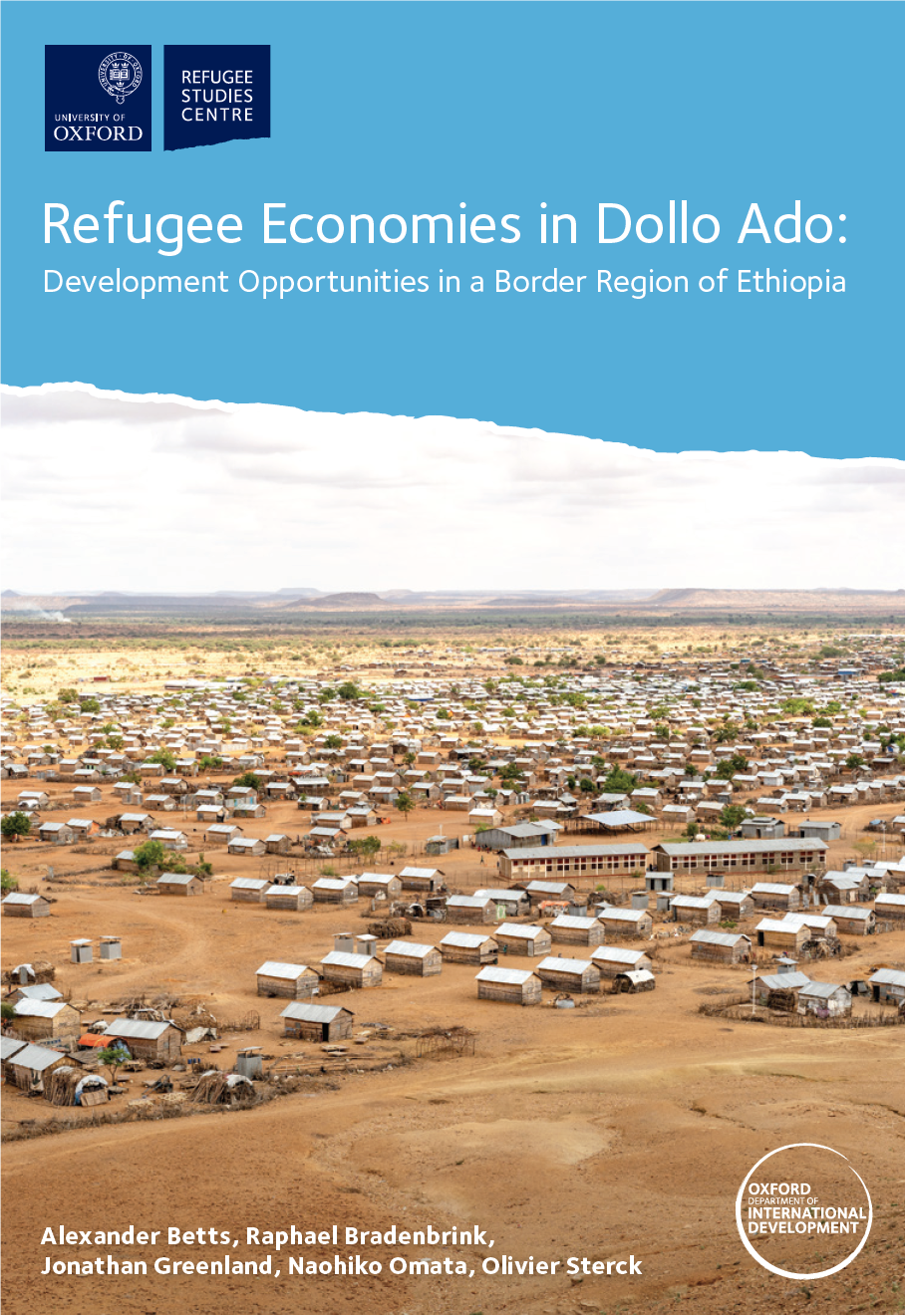We have published an overview of all our work during the last five years. Its aim is to offer accessible summaries of our publications and other activities. It highlights the ways in which we have collaborated with other organisations in order to ensure our research has impact. And – above all – it thanks all of the many contributors to our research during that period, including the 290 research assistants who worked with us in Ethiopia, Kenya, and Uganda, without whom our work would not have been possible.
We hope the report will enable you to navigate our research and inspire you to work towards the economic inclusion of refugees, in all regions of the world.
Ten Interesting Research Findings*
- POVERTY TRAP. Refugees may face a poverty trap because of their status: they are generally worse off in terms of income, assets, food security, subjective wellbeing, and physical and mental health than nearby members of the host community. Across our research sites, the only notable exception to this is Turkana County in Kenya.
- SOCIAL COHESION. Increased levels of intergroup interaction between refugees and the host community are associated with more positive host community attitudes towards refugees. Economic interactions such as employment and exchange relationships seem to make the greatest difference.
- RIGHT TO WORK. Uganda’s ‘self-reliance model’ allows refugees the right to work and freedom of movement. Controlling for other variables, this approach is associated with 16% higher incomes (at purchasing power parity) for refugees, when compared to the Kenyan context in which refugees lack the right to work and freedom of movement.
- MIGRATION AND MOBILITY. Refugees are highly mobile, with up to 8% of those in Kenya changing their residency in a given year, but the proportion actually moving onwards from African host countries to rich countries is small – in Kenya 0.1% of refugees move onwards to Europe in any given year.
- REMITTANCES. Transnational money transfer is an important part of refugees’ survival strategies, but receiving remittances is correlated with lower levels of employment, controlling for other variables.
- CASH-BASED ASSISTANCE. Switching from inkind to cash-based assistance generally makes refugees better off, but its benefits can be undermined by household debt. In one refugee camp in Kenya, 89% of households are in debt, owing an average amount equivalent to half their annual expenditure.
- SELF-RELIANCE. Attempts to support refugee ‘self-reliance’ often struggle because they rely upon circulating aid money rather than creating new productive capacity. Two years after the Kalobeyei settlement was created to promote self-reliance, just 6% of South Sudanese refugees had an independent income generating activity.
- CITIES VS. CAMPS. Refugees in cities appear to have higher incomes, assets levels, and employment rates than those in camps. However, they generally have lower subjective wellbeing and worse physical and mental health than those in camps.
- INCOME LEVELS. The most important variables explaining differences in refugees’ income levels include: employment, education, access to networks, gender, nationality, and the host country in which they are resident.
- COOPERATIVES. In the Dollo Ado camps in Ethiopia, an innovative ‘cooperatives’ model developed by the IKEA Foundation and UNHCR has improved income levels for refugees, and led to improved relations between refugees and the host community.
*Note: all of these findings are specific to the contexts in which the research has been undertaken, and cannot be generalised. Some of these findings are preliminary.

